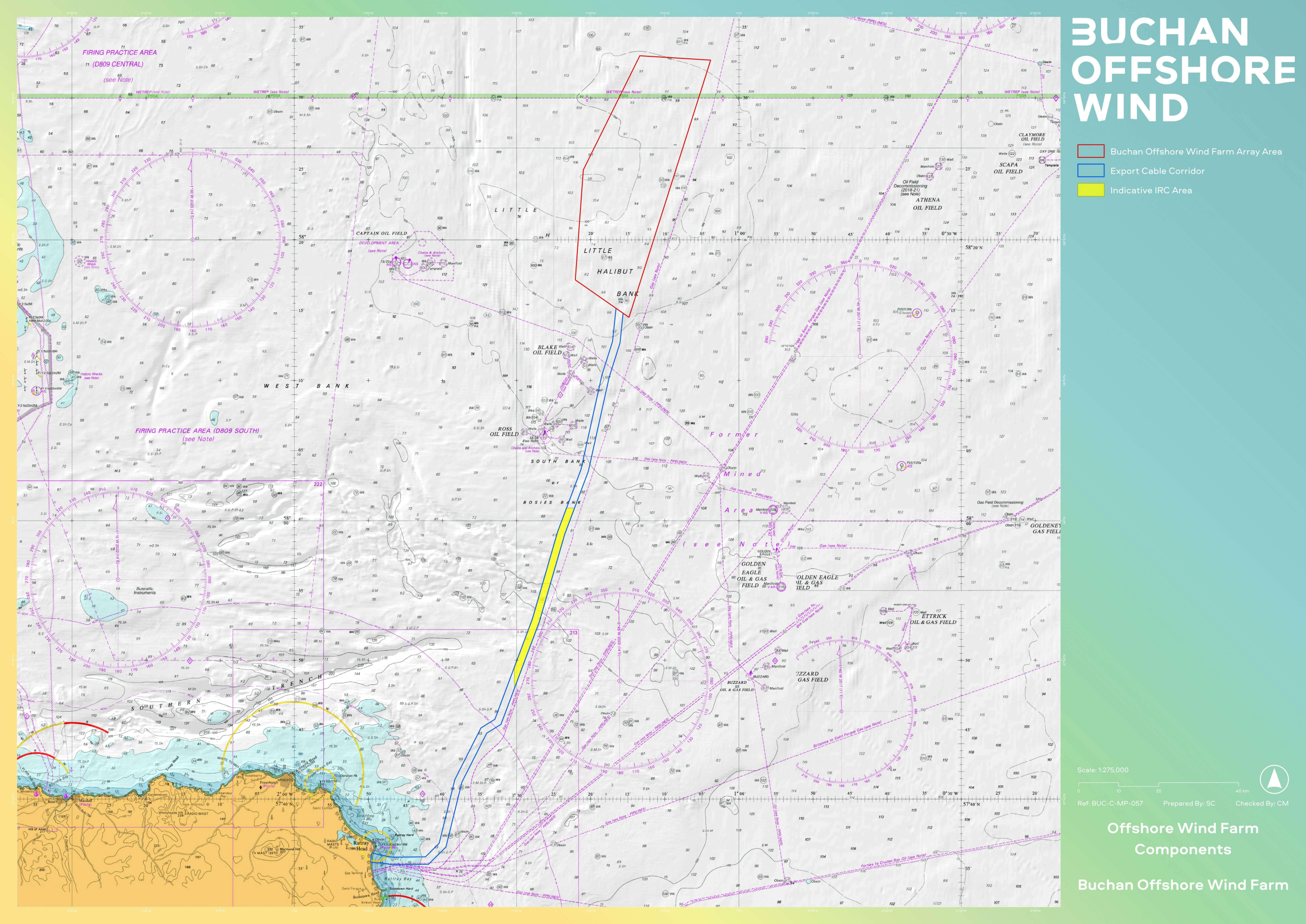To help us decide where the floating wind turbines should go within the awarded area, and the best subsea cable route, we are carrying out detailed technical and environmental surveys. We are also conducting ongoing engagement with a range of stakeholders – including environmental organisations – to help inform a comprehensive approach to an Environmental Impact Assessment (EIA) report. That approach is outlined in the project's Offshore Scoping Report, issued in September 2023, and the resulting EIA report will accompany the consent application.
We have also been working closely with fisheries groups and representatives on how we can minimise any impact on the fishing industry from the installation and operation of the turbines, subsea cables and the IRC platform, which will be about halfway along the cable route.
The IRC platform helps balance the power being transmitted, so it arrives onshore safely and ready for onward transmission.
The offshore cables will be buried in the sea bed wherever possible, both to protect them and to minimise the possibility of interference with other sea users. Where burial is not possible and the cables need to be laid on the sea bed – such as when crossing other pipelines and cables – rock armour or similar protection will be used.
